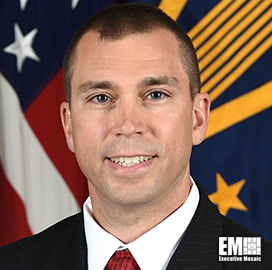The Government Accountability Office (GAO) has found that the National Institutes of Health (NIH) and the departments of the Navy and Education awarded $31.6 million in obligations to nontraditional companies in fiscal years 2019 and 2020.
GAO said Friday the Department of Health and Human Services (HHS) component accounted for the most awards to companies backed by private equity firms, venture capitalists and hedge funds during that time period as part of the Small Business Innovation Research (SBIR) Program.
The three agencies issued a total of 45 SBIR awards in a push to drive innovation and research in topic areas that have seen limited private funding, the watchdog noted.
According to GAO’s report, the Department of Energy's Advanced Research Projects Agency-Energy was able to open applications to small businesses but did not award contracts in FY 2019 and 2020. NASA and the Department of Homeland Security have reported lack of interest from qualified small businesses as a reason for not pursuing SBIR projects in FY 19 and 20.
The Department of the Air Force said it seeks to use SBIR funding for dual-use technology development while the Department of the Army is considering issuing awards to qualified small businesses.






